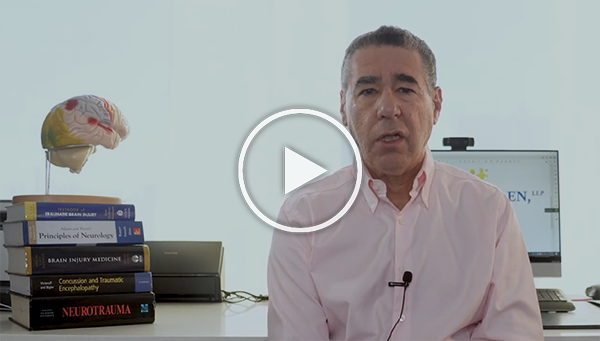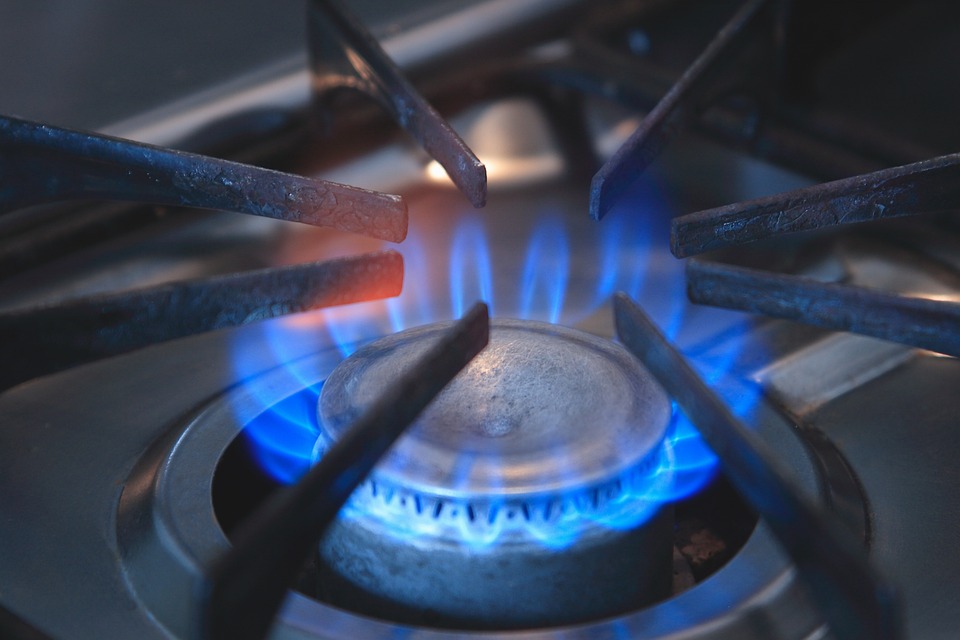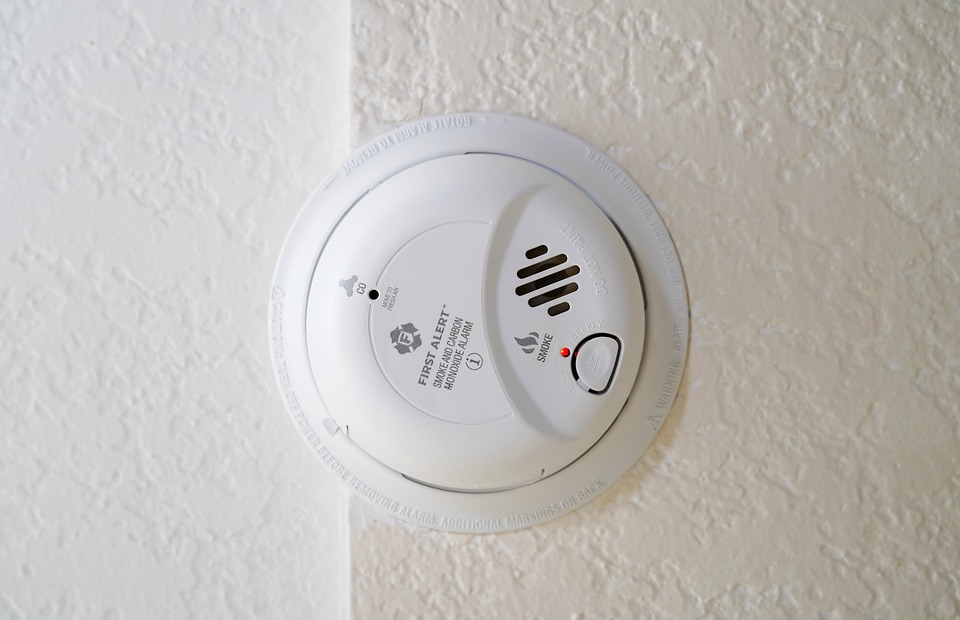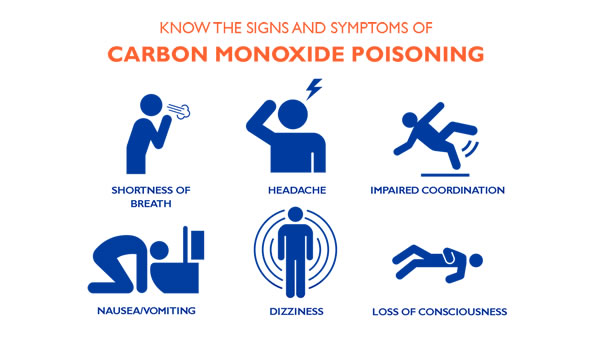The Dangers of Carbon Monoxide
Carbon Monoxide gas cannot be detected by sight or smell. Sometimes called the “silent killer” because it is colorless, odorless, and possesses a hidden and lethal danger. Carbon monoxide exposure is the leading cause of death due to poisoning in the United States. The Centers for Disease Control (CDC) report, every year at least 430 people die from accidental carbon monoxide poisoning across the United States, and 50,000 people seek emergency accidental poisoning treatment at hospitals.
Breathing Carbon Monoxide gas can result in brain damage or death.
Employers, landlords, hotels, schools, and homeowners and others are responsible for providing a safe and healthy environment for all those on their property. When unsafe conditions cause carbon monoxide levels to rise carbon monoxide poisoning may occur. Victims of carbon monoxide poisoning may seek monetary compensation for their injuries, disability, loss of income, and even death.
Carbon Monoxide Poisoning and Brain Injury
Victims of Carbon Monoxide Poisoning need attorneys with knowledge and experience in brain injury. If you believe you are a victim of carbon monoxide poisoning, it’s important to speak to an experienced New York carbon monoxide attorney about your rights.
How Can Carbon Monoxide Poisoning be Prevented?
Carbon monoxide poisoning is preventable if fuel burning equipment is properly installed, maintained, and inspected; proper health and safety precautions are followed; and carbon monoxide alarms and detectors are installed and regularly serviced.
How Does Carbon Monoxide Poisoning Occur?
This deadly gas is produced by the incomplete burning of fuel which produces harmful vapors. Any fuel can cause these deadly vapors, whether coal, gasoline, kerosene, natural gas, oil, propane, or wood.
Faulty appliances, home heating systems including water heaters, oil and gas boilers, space heaters, dryers, ventilation systems, air circulation systems, propane stoves, and grills are all common sources of carbon monoxide gas.
When fuel is not properly burned, carbon monoxide (CO) gas is formed. The gas enters the blood stream, binds with hemoglobin which transports oxygen in blood cells. This displaces the oxygen which deprives the brain of essential oxygen.
What are the Symptoms of Carbon Monoxide Poisoning?
When CO poisoning is mild, it may go unrecognized, as its symptoms can mimic those of other illnesses. But as exposure to carbon monoxide gas levels increase or during prolonged exposure, symptoms may increase, but may not correlate with exposure. Common symptoms include:
- Headache
- Dizziness
- Drowsiness
- Impaired Judgment
- Difficulty Breathing
- Blurry Vision
- Stomach Pain
- Seizures
- Unconsciousness
- Confusion
- Blurred Vision
- Pounding Headache
- Uncontrolled Sleep
- Loss of Coordination
- Memory Loss
- Death
What Can You Do If You Suspect Someone Has Been Poisoned With CO?
- Move the victim immediately to an open area with fresh air.
- Call 911 or another local emergency number for medical attention or assistance.
- Administer 100 percent oxygen using a tightfitting mask if the victim is breathing.
How is Carbon Monoxide Poisoning Diagnosed?
Emergency responders, including fire departments and emergency medical technicians, may take air readings where carbon monoxide exposure is suspected. Carbon Monoxide levels are measured in parts per million (PPM).
Individuals should obtain a blood test to determine the carbon monoxide (carboxyhemoglobin) level in their blood stream.
What are the Potential Long-Term Consequences of Carbon Monoxide Poisoning?
It is estimated that 50 % of individuals with carbon monoxide poisoning will develop permanent brain damage resulting in neurological, cognitive, and neurobehavioral impairments.
Neuropsychological deficits and neuroimaging-confirmed lesions after CO poisoning are numerous and diverse. Observed deficits, however, can be divided into 3 categories: affective, behavioral (motor), and cognitive. Most patients demonstrate abnormalities in more than one area of function.
Victims of CO poisoning may exhibit some degree of cognitive decline. This ranges from subtle impairments (only detectable on neuropsychological testing), to decline in gross intellectual function, and even dementia. Common findings include disorientation and deficits in attention, concentration, executive function, visuospatial skills, verbal fluency, speed of information processing, and memory.
Carbon Monoxide Poisoning Safety Tips:
- Proper maintenance, inspection, and cleaning of home-heating systems, fuel-burning appliances, flues, and chimneys by a qualified person.
- Proper ventilation of all fuel burning equipment. Do not use fuel-burning equipment inside unless it is properly vented. Do not operate gasoline-powered engines in confined areas such as garages or basements.
- Install and properly maintain carbon monoxide alarms. There should be a carbon monoxide alarm on every floor of a home. Such alarms are required on every floor of new home construction.
- Inspect all boilers, furnaces, gas heaters, and other fuel-burning equipment every year. Have a trained service technician inspect your home heating systems. Make sure all gas heaters are properly vented to the outside.
- Use generators safely. Do not use a gas or electric generator in a home, garage, basement, or any enclosed space.
- Never let cars or trucks idle inside a garage.
- Inspect and clear home vents to allow proper air circulation.
- Never use gas ovens and ranges to heat your home.
- Do not use a gas or charcoal grill indoors or inside a garage.
- Open the fireplace damper before lighting a fire and keep it open until the ashes are cool.
New York City and New York State Laws protect against Carbon Monoxide Poisoning:
Owner responsibility
Owners of all multiple dwellings (Class A and Class B Multiple Dwellings) and one- and two-family homes (non-owner occupied) are required to:
- Provide and install at least one approved and operational carbon monoxide and smoke detector within each dwelling unit.
- Replace any carbon monoxide and smoke detector periodically upon the expiration of its useful life or when it has been stolen, removed, is missing, or rendered inoperable before a new tenant moves in if the prior tenant did not replace it.
Tenant responsibility:
- Tenants are responsible for replacing a stolen, removed, missing, or inoperable detector during occupancy:
- In New York City, kerosene or propane space heaters are prohibited.
New York City Commercial Spaces:
- Carbon Monoxide (CO)detectors must be installed in existing commercial buildings that have fire alarms. [NYC Local Law 191 amendments to the NYC Building Code]
- In places of public assembly CO detectors are required. [Local Law 10 of 2014]
New York State Law:
- One-and two-family dwellings, multiple single-family dwellings (townhouses), and condominiums or cooperatives must have a carbon monoxide alarm installed within each dwelling on the lowest story having a sleeping area.
Commercial buildings and restaurants:
- New York State Building Code regulations require all commercial buildings and restaurants to have carbon monoxide (CO) detectors if the building contains devices that may emit CO or has an attached garage [Title 19 NYCRR: Section 1228.4. Carbon Monoxide Detection in Commercial Buildings]
We’re Ready To Help
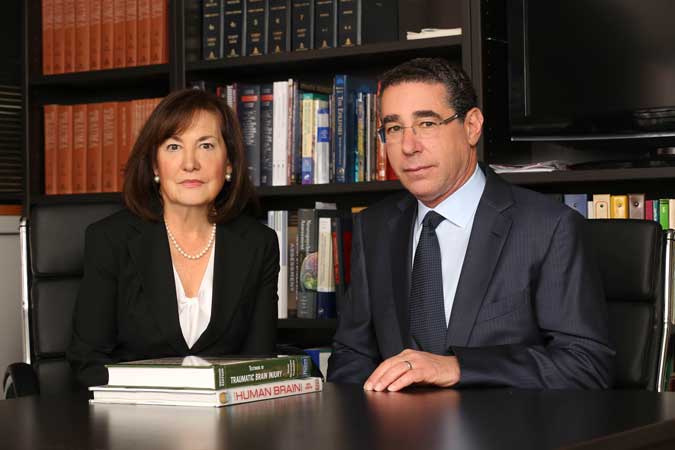
When doctors and hospitals get into trouble, they seek out lawyers and insurance companies to protect their interests. Aren’t you entitled to knowledgeable and experienced malpractice lawyers to fix the blame and represent your interests?
At De Caro & Kaplen, LLP, your case will only be handled by our experienced New York medical malpractice attorneys. Shana and Michael don’t represent doctors, hospitals, or insurers—their only interest is you. You pay nothing up front to secure the services of our lawyers. We only get paid if and when we obtain a favorable settlement on your behalf.
If you think you or a loved one is a victim of medical malpractice, consult with our attorneys today.
If you would like to contact us using our form, please fill out the information below:
